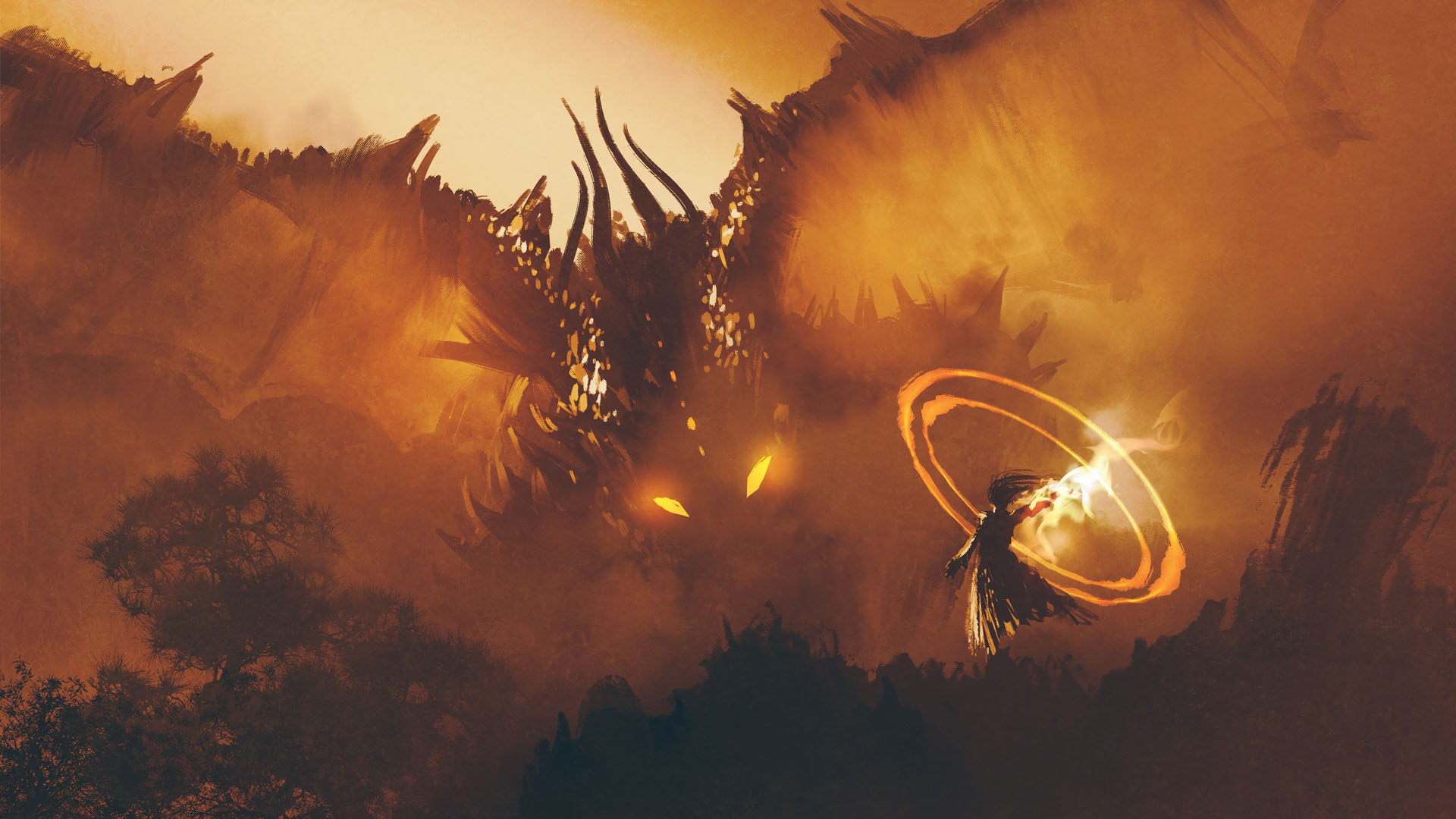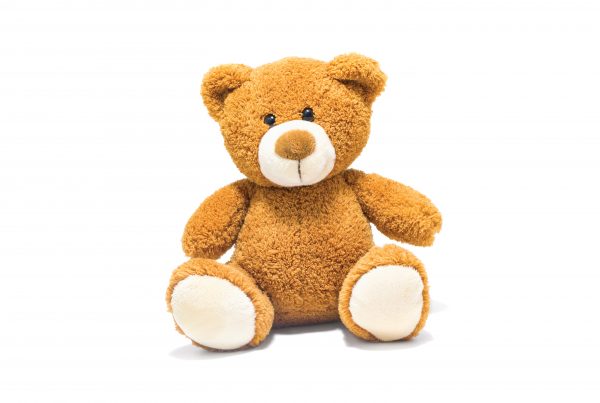“You can try! …”
This is a phrase uttered time and time again by Dungeon Masters across the world, and, for me, it illustrates the inherent therapeutic nature of Dungeons & Dragons (and countless other role-playing games like it). The “Dungeon Master” is the person who controls the narrative in the game — they present the setting, the challenges, and play/control all the creatures and people involved in the story other than the characters that the participants are playing. But as a player in this game, you really CAN try anything – it’s up to your explanation of how you do it, your character’s strengths and weaknesses, and a roll of a twenty-sided dice to decide just what happens when you try.
So what might a player seek to do? They might try to lift a fallen tree off the path so their cart can get through, or to outwit a goblin in a game of dice (almost certainly carved from rat skulls!). Perhaps they are trying to convince a Dwarven Miner to help them search for treasure in the caverns below, or to defeat an ogre in single combat. They might be trying to flirt with their server at the local tavern, or to uncover the plot of a corrupt politician … the possibilities are literally endless! Some mimic situations from real life fairly closely, others only a little, and many not at all. The player must “role-play” their attempt, speaking as their character and describing what they try to do, and the Dungeon Master then explains the outcome.
So, how does this game – where you traverse an imaginary world completing imaginary quests and slaying imaginary monsters – help a person in real life and qualify as therapy?
By its nature, the game embodies all of the characteristics of what I try to achieve in group therapy with autistic individuals/individuals with autism: it is inherently social, inherently cooperative, and inherently interactive. Maybe the best part is that, to both outside observers and those playing the game, this does not look like therapy at all. A group gathers around a table (more like a large circle of evenly distanced individual tables, during the COVID-19 pandemic) to embark on a shared quest. While there are a number of things that each player can obtain or overcome on their own, the true challenge lies in working with the rest of the players to achieve a common goal: to slay the dragon, to rescue the prisoners, to bring down a dangerous tyrant, to free the forest of its deadly zombie infestation … well, you get the picture.
Skills that we develop in the game include enhancing perspective-taking, problem-solving skills, group learning and project work, critical thinking, adjusting our own behavior according to the rest of the group, expression and vocal/facial control, good sportsmanship, frustration tolerance and coping skills, and resolving conflicts with other players and characters in the game, to cite only a few examples. There’s even a good deal of math with calculating your probability of success and the effectiveness of your dice rolls! Under the oversight of an experienced Dungeon Master with an eye for each target area, participants in these groups can build each of these skills, while at the same time experiencing shared joy with others and learning a game they can play for the rest of their lives.
The Power of Narrative
It was early in my career at KidsPeace that I began to understand how powerful games and stories can be in engaging others and building skills, particularly for those with autism spectrum disorder or other special needs. Written curriculums consist of well-thought-out and effective activities, but what motivates people to engage in and derive meaning from these activities? In my experience, it is the power of narrative and story that often creates that buy-in. Pizza parties and candy can also work from time to time, but the real value lies in making the therapeutic environment and the activities within it exciting, engaging and naturally reinforcing.
Never in nearly twenty years of working with autistic individuals have I encountered a method of therapy that so perfectly captures this sense of motivation and engagement as I have with Dungeons & Dragons. Teens and young adults who may typically be guarded, withdrawn or resistant are seated around a table, together, laughing and interacting and building those skills that will help them succeed and obtain the things that they most want and need in life. And it doesn’t stop there! I see them take the skills they are building and use them in other group settings, and many of them and/or their parents report that they are using them at school, at work, with friends, etc.
Data from these groups shows that the participants are routinely taking on the perspectives of others, navigating complex social scenarios, conquering difficult problems as a team, and connecting to each other over a shared experience not unlike what their peers would be doing outside of a therapeutic session.
D&D as a Bridge
Meanwhile, the opportunities for generalization in this type of therapy are staggering. Of the individuals with whom I have had the pleasure of running therapeutic D&D groups, more than 90% have joined or in some cases created their own gaming groups outside of the therapeutic environment. These opportunities include games with their own families and friends, online games through platforms like Discord or school/college clubs, and joining groups at local gaming stores. In therapy, we are always searching for ways to expand what goes on in the session to the outside, and not just that, but to really make the learned skills valuable and (more importantly) utilized outside the therapeutic setting. Dungeons & Dragons does just this.
In my groups we refer to interests as “social bridges.” The more commonly shared the interest, the stronger and more substantial the bridge. For instance, watching professional football is a very common interest, and so it makes a massive and super-sturdy bridge to other people. Collecting stamps, on the other hand, might be more of a rope bridge with only a few people on it. (Does that mean there’s something wrong with it? No! Just not as many opportunities to connect.) With hefty appearances in television shows like Stranger Things as well as a booming industry of people streaming their games, Dungeons & Dragons has never been more popular. Learning this game and finding joy in it truly is a substantial bridge to many others in the world.
This is an intervention where I have seen participants encountering new skills that are taught/modeled during group, and using them with proficiency during the same session in which they learned it. I have a number of stories and anecdotes that I could relate about using D&D as a therapeutic tool, but this is (so far) my favorite: I have one young man who joined these groups near the beginning, and has stuck with it for over two years. About a year into it his father pulled me aside and thanked me for introducing his son to the game, as he had never felt like he really connected with his son until they began sharing this interest (the father had played when he was younger) and started playing together. It’s truly a magical game, with truly magical potential for building the skills of those who need them.
Feeling like this might be something you want to try? Why not pick up a Dungeons & Dragons Player’s Handbook and check it out? Hit up your local gaming store and join a game, or find one of the countless online groups that are looking for players. Looking to use it in therapy? Check out the references for groups who have published great resources on this highly effective treatment!
———————————————————-
References
- Geek Therapeutics (GeekTherapeutics.com)
- Game to Grow (GametoGrow.org)
- The Bodhana Group (TheBodhanaGroup.org)
General Sources of Information:
- Official Dungeons & Dragons Website: DnD.Wizards.com
- D&D Beyond (Official D&D Online Resource): dndbeyond.com






